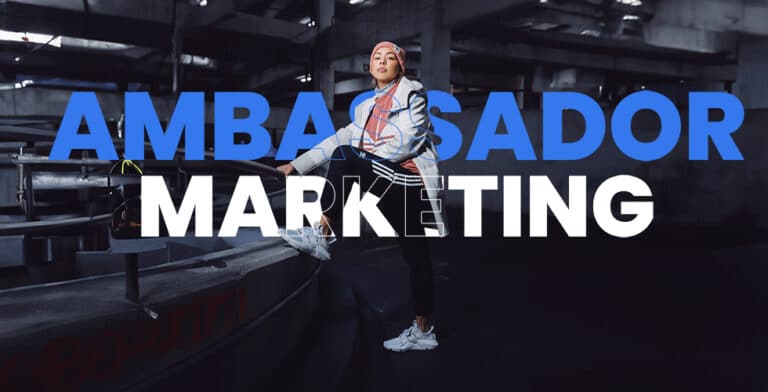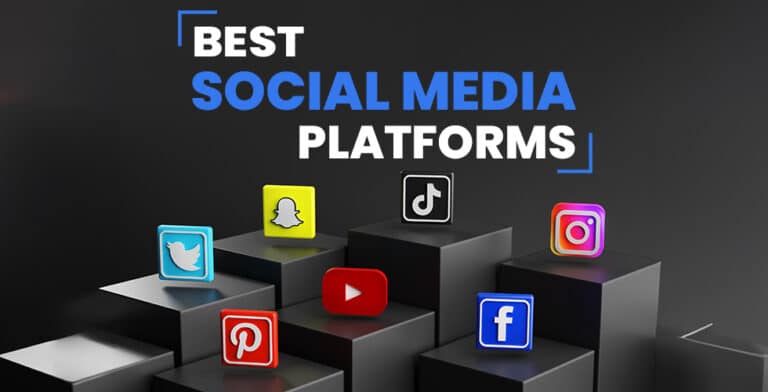Step into the new exciting world of influencer commerce, where 98% of consumers plan to make at least one purchase through social shopping or influencer commerce. Consumers can easily learn about products, explore, and make purchases with the help of social media and influencers. Compared with previous generations, Generation Z shows a decreased interest in traditional television. This shift can be attributed to influencers having a greater impact on consumer purchasing decisions. In this article, we will explore the impact of social media influencers on consumer buying decisions, the influence of influencer marketing on purchase intention, and how influencers are transforming the traditional shopping landscape.
Reshaping Consumer and e-Commerce Landscape
Did you know that a significant number of brands, around 54.1%, collaborate with influencers and also run their own eCommerce stores? It’s a strategic move that makes perfect sense when you consider the influence and trust that influencers hold over consumers. Surveys have shown that 61% of consumers trust recommendations from influencers, surpassing the 38% who place trust in brand-produced content.
In terms of effectiveness, influencer-generated content outperforms branded posts, as reported by 60% of marketers. This higher performance translates into increased engagement and better results for brands. Moreover, it’s safe to say, there has been a change in the way we research, learn about, and purchase new products and these sets of data are an indication of that:
| Key Findings | Percentage |
| Trust social media influencers over brands | 37% |
| Discover new products/brands through influencers | 28% |
| Discover new products/brands via traditional TV advertising | 13% |
Social Media is Changing E-commerce
Social shopping’s growth proves to influence marketing’s increasing significance in retail. By 2025, social shopping is projected to become a $1.2 trillion channel, highlighting its immense potential of influencing the consumer on how they shop, buy, and consume products.
26% of marketing leaders are focused on live-streaming retail as a priority. This number is expected to double within the next 12 to 18 months, reaching an impressive 52% adoption rate. Live-streaming provides an interactive and engaging shopping experience, allowing businesses to connect with customers in real time and showcase their products in an immersive manner.
Moreover, the influence of content creators on platforms like YouTube cannot be underestimated. A staggering 6 in 10 YouTube subscribers express a preference for following advice on what to buy from their favorite creators over their favorite TV or movie personalities. This demonstrates the significant impact that influencers and online personalities have on consumer purchasing decisions.
When it comes to product discovery, social media plays a pivotal role. Approximately 47% of consumers who discover a product on social media make an online purchase at a later date. Additionally, 19% of consumers make immediate purchases through social media tags, while 13% opt to make their purchases in physical stores at a later time.
Declining Customer Service Channel
Consumers have grown weary of traditional customer service engagements and are now seeking alternative avenues to get their questions answered. Increasingly, they are turning to social media channels and online personnel, where they find quick and accessible solutions to their queries.
Customer service interactions can be a significant source of frustration for consumers. In fact, a staggering 98% of consumers express their dissatisfaction with such interactions. The frustration is evident as 15% of consumers even claim they would rather endure the inconvenience of sitting in traffic than engage with a brand’s customer service channels. In fact, when reaching out to a brand with a service inquiry, a significant portion of consumers (31%) prefer to express their concerns by commenting on the brand’s social media page, while 24% opt for direct messaging the brand on social media platforms.
These statistics shed light on the frustration consumers experience during customer service interactions and the reliance on social media platforms and influencers for information.
Brand Awareness
In today’s world, influencers work as a bridge between brands and consumers. People are more likely to accept brands or products introduced by their favorite influencers.
The impact of influencers on brand awareness is evident in the growing trend of product discovery on social media platforms. Instagram, in particular, has experienced remarkable growth in this aspect, with 48% of consumers now discovering products on the platform compared to a mere 18% just two years ago.
Notably, other visual platforms like Facebook and Pinterest have also witnessed significant increases in product discovery. Facebook’s product discovery rate has risen from 52% in 2017 to 70% in 2019, demonstrating its expanding influence in connecting consumers with brands. Similarly, Pinterest has seen growth in product discovery, expanding from 22% to 28% over the same period.
Audience Trust Social Media Influencer
Most influencers have gained their influence without paying for promotions. Surprisingly, less than 10% of influencers have used paid Instagram native ads, despite their strong love for this platform. No wonder why, why there’s a significant impact of influencer marketing on consumer behavior.
Research conducted by the Twitter team, as reported by USP Solutions, reveals that approximately 40% of Twitter users have made purchases directly influenced by influencer Tweets. Furthermore, when users are exposed to Tweets from both brands and influencers, their purchase intent significantly increases by 5.2 times. These findings underscore the high level of trust that Twitter influencers have established, instilling confidence in people to make purchasing decisions based on their recommendations.
Replacing Celebrity Endorsements
As consumer behavior evolves, shopping preferences are being shaped by a desire for comfort and familiarity on digital platforms. Generation Z, in particular, shows a strong affinity for visually-oriented social networks like Instagram, TikTok, and Snapchat.
In this shifting landscape, fashion bloggers have emerged as powerful influencers, acknowledged by renowned department stores such as Bergdorf Goodman, Harrods, and Bloomingdale’s. Through strategic partnerships with these bloggers, these stores establish deeper connections with consumers, surpassing traditional celebrity endorsements.
Our Takeaway
Social media influencers leverage fundamental human interactive needs, prompting responses that often translate into purchase actions. With their ability to connect authentically with audiences, influencers have become a potent means to engage potential customers and boost customer acquisition rates. And it’s surprising to see that it’s not the mega-influencers that bring this significant impact on consumer shopping or purchasing decision, in fact, it’s the mid-tier influencers that have more sway over their followers. According to Forbes, micro-influencers will become an overall part of the bigger B2B conversation and play a vital role to provide the best results to businesses.





